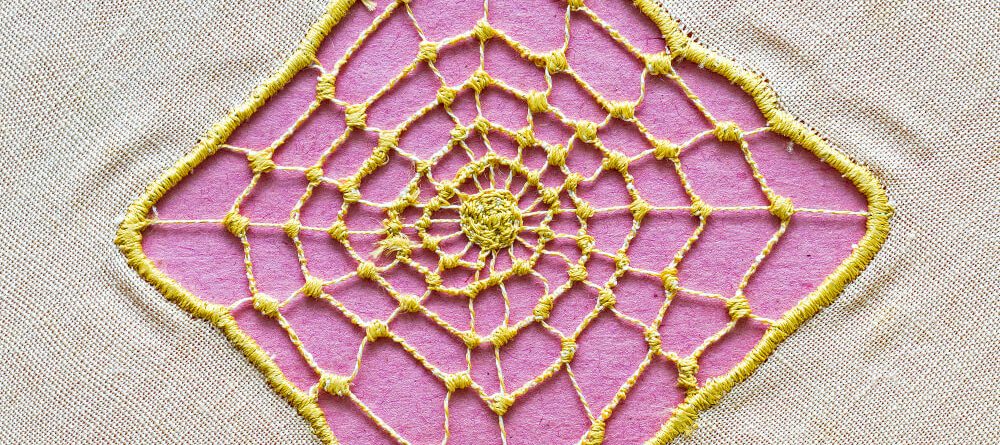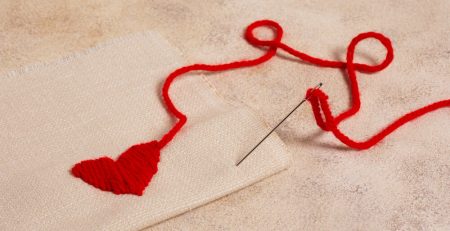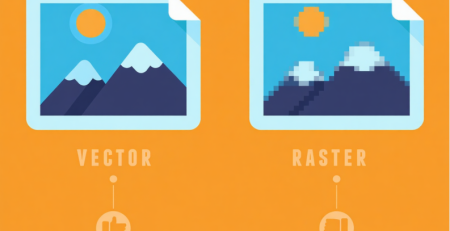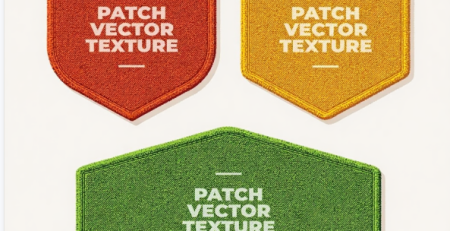How to Digitize 3D Puff Embroidery Step by Step
3D puff embroidery stands out with its raised, sculpted surface. It gives logos and letters a bold look that regular stitching can’t match. The technique works best on caps, jackets, and heavy fabrics. Here’s how to digitize 3D puff embroidery like a pro — step-by-step, with everything you need to know.
What Is 3D Puff Embroidery?
3D puff uses a layer of foam under satin stitches to lift your design. The foam gives a 3D, rounded shape that makes the design pop.
It’s perfect for:
- Bold block letters
- Sports logos
- Brand initials
- Cap fronts and patches
Avoid tiny details or thin lines — foam can’t hold them cleanly. Stick with simple shapes and thick outlines.
What You’ll Need Before Starting
Gather everything before you digitize:
- Embroidery machine – capable of satin stitching.
- Digitizing software – like Wilcom, Hatch, or Pulse.
- Embroidery foam – 2mm to 6mm thick, depending on the design height.
- Stabilizer – tearaway for caps, cutaway for stretch fabrics.
- Trimming tools – curved snips or a sharp craft knife.
- Embroidery thread – polyester thread works best for puff.
- Test fabric – to check tension and coverage before production.
Learn More: Embroidery Digitizing Services
Step 1: Clean and Simplify the Artwork
Start with clean artwork. If it’s a logo or graphic, make sure it’s simple enough for puff.
- Remove small text or thin lines.
- Use thicker shapes and solid fills.
- Keep spacing between elements; too-close parts can merge when puffed.
If you’re using raster art (JPEG or PNG), trace it into vector format for cleaner outlines. This ensures smooth stitching later.
Step 2: Set Up Your Foam Layers
3D puff depends on foam quality. Choose foam color that matches your thread or base fabric.
- Thinner foam (2mm–3mm): for small shapes.
- Thicker foam (4mm–6mm): for bold letters or large fills.
Cut the foam slightly larger than the stitch area. During stitching, the foam will compress and hide under the satin stitches.
Step 3: Digitize the Underlay
Underlay gives structure to your stitches and keeps foam stable. For puff embroidery, use two types:
- Edge run underlay: outlines the shape for clean borders.
- Zigzag underlay: lays a foundation for satin stitches.
Avoid dense underlays. Light underlay keeps foam from collapsing and still maintains stability.
Step 4: Digitize the Satin Stitches
Satin stitches form the top layer that hides the foam. Make them wider and slightly looser than normal.
- Use 0.40–0.50 mm stitch spacing.
- Increase satin width by 10–20% compared to flat embroidery.
- Set stitch angle to follow the shape’s curve for a smooth dome effect.
If stitches are too dense, they’ll crush the foam instead of raising it. Always test your design before finalizing.
Step 5: Add Stops and Trims
After each puff area, add a stop command. This lets you place foam manually on the machine.
Then, program a trim or jump before the next section. This prevents foam from sticking to the needle path.
Always digitize puff areas last — so they sit on top of flat sections.
Step 6: Test Sew and Adjust Density
Always test-sew the design before final use. Foam reacts differently on various fabrics.
Watch for:
- Gaps: increase satin width slightly.
- Flattening: reduce density or use thicker foam.
- Edge lifting: tighten underlay or overlap more stitches.
Adjust small settings until the puff stands tall and even.
Learn More: Vector Art Services
Step 7: Remove Excess Foam
Once stitching is done, gently tear off the remaining foam.
Use tweezers or curved scissors. The clean edges should break away easily if your satin border is tight.
For leftover bits, apply a quick heat burst from a heat gun or hair dryer to shrink them away.
Step 8: Add Finishing Touches
Inspect the design carefully. Remove any loose threads.
If necessary, seal the back with a light fusible backing for stability.
Store your puff-embroidered pieces flat to prevent crushing.
Common Mistakes to Avoid
- Too much detail: foam can’t handle tiny shapes.
- Dense stitches: they flatten the puff.
- Wrong stitch order: puff areas should always be last.
- Skipping test runs: every fabric reacts differently.
Keeping these in mind will save time and thread during production.
Before choosing your digitizing partner ask him following question.
Why Choose Unique Digitizing for 3D Puff Designs
At Unique Digitizing, every puff design is crafted to perfection. Our team creates 3D embroidery files that run clean on any machine. We use precise stitch angles and correct densities to achieve smooth, raised results.
If you want your logo to pop on caps, jackets, or uniforms, Unique Digitizing delivers ready-to-stitch puff files with flawless accuracy.
We make puff digitizing easy, affordable, and consistent — no rework, no gaps, no wasted foam.
FAQs
What fabric works best for 3D puff?
Thicker fabrics like twill, canvas, and structured caps hold foam better. Avoid thin or stretch materials.
What stitch density is ideal for puff?
A lower density (0.40–0.50 mm) keeps the foam raised. Too dense stitching flattens the effect.
Can I mix flat and puff embroidery in one design?
Yes. Digitize flat areas first, then puff areas last with stop commands before placing foam.
What foam type should I use?
Use high-quality EVA or polyurethane foam. It’s soft enough to puncture and sturdy enough to lift stitches.
Can I wash puff embroidery?
Yes, but use gentle washing. Avoid heat drying — air dry to protect the raised texture.
Why does my foam show through the stitches?
Either your satin stitches are too wide apart or foam color contrasts too much. Match foam and thread colors.
How can I make edges cleaner?
Use edge run underlay and tight satin borders. They seal foam edges cleanly during stitching.
How to fix a flat puff result?
Try thicker foam or reduce density. Also check needle tension — too tight can crush foam layers.
What thread type gives the best result?
Use polyester thread; it’s durable and shiny. Cotton or rayon may fray on thicker foam.
Do I need a special needle?
No special type is required, but a sharp needle (size 75/11 or 80/12) gives cleaner punctures.












Leave a Reply